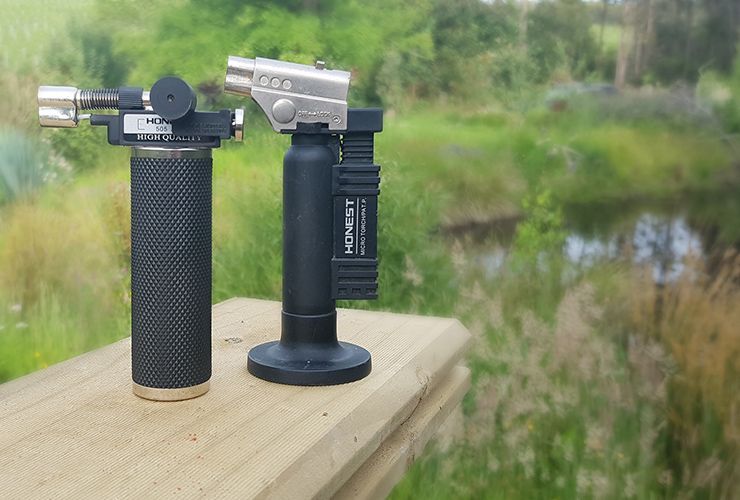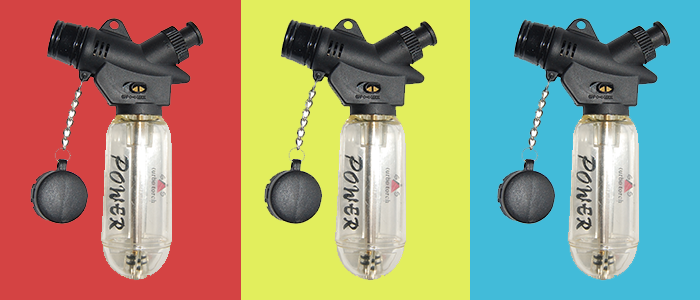
How to refill your blowtorch & blowtorch safety measures you should take.

Blowtorch safety precautions.
Whenever using any kind of torch it is important to follow safety procedures to make sure you and anyone around you remain safe. A refillable butane torch is no exception. After filling the blowtorch fuel cell with fuel, per the manufacturer's specifications, it is important to remember that the torch is now "charged" with flammable gas under pressure.
Visually inspect the filling port to make sure it is properly closed to prevent leaks during use. It is also important that you make sure you are not working near open flames or a heat source capable of igniting the fuel in the fuel cell of the torch.
It is equally important to clear the work area of any non-essential flammable material. Depending on what type of project you are working on this material will vary. If you are using the torch in food prep then paper, aerosols, and oils may pose a risk. If using the torch in a shop setting then paints, stains, and oily rags may pose a risk. The key thing to remember is to keep a clean work area free of anything flammable or combustible.
Keeping your work area clear also means any non-essential people. If they have no reason for being in your work area politely ask them to leave to avoid accidental injury.
Protective gear
Proper personal protective gear should be used whenever working with a blowtorch. The most common types of personal protective gear while using a blowtorch includes tinted safety glasses or goggles, leather gloves with long cuffs that run about halfway up your arm, and fire retardant clothing. It is also good practice to make sure you are holding the torch away from your body while you are lighting and using it. Another reason for making sure the torch is away from your body is that in the right light, such as sunlight, the butane flame may appear invisible thus causing confusion as to whether it is on or not.

Ventilation
When possible the work area should be ventilated to prevent inhaling possibly toxic or harmful fumes created by the material that is being heated by the torch. In a kitchen, it may be a ventilation hood. In a shop setting, it could be a fan or some other ventilation system.
If you do not have any type of ventilation system available, make sure you are in a wide-open area and open any doors or windows that can help passive ventilation.
You must also be prepared to extinguish any flames or fire caused by the use of the torch. This may be done by simply blowing out a flame or may need more extreme measures like smothering the flames or fire or by the use of a fire extinguisher.
Fire extinguishers should be kept near the work area at all times and be rated for the type of fires that may occur during your work. An ABC-rated fire extinguisher will cover the most common types of fires that may occur.
Cleaning and storage
It is also important to remember to follow the manufactures instructions on cleaning and storing your torch. Usually, this entails letting the torch cool down before putting it away.
It may also suggest you remove the fuel cell when/if possible and storing in a place that will stay below a certain temperature. Each torch manufacturer will have their own recommendation but it is usually around 100 degrees Fahrenheit. This will minimize the risks of ignition or explosion while in storage.
Summary
The bottom line is to make sure everyone is safe so using common sense and following basic blowtorch safety will help ensure you meet that goal.
Remember not all small torches have high enough temperature to melt silver/gold but you can always use pewter if you're learning to cast and a big plus is it's a lot cheaper than precious metals!